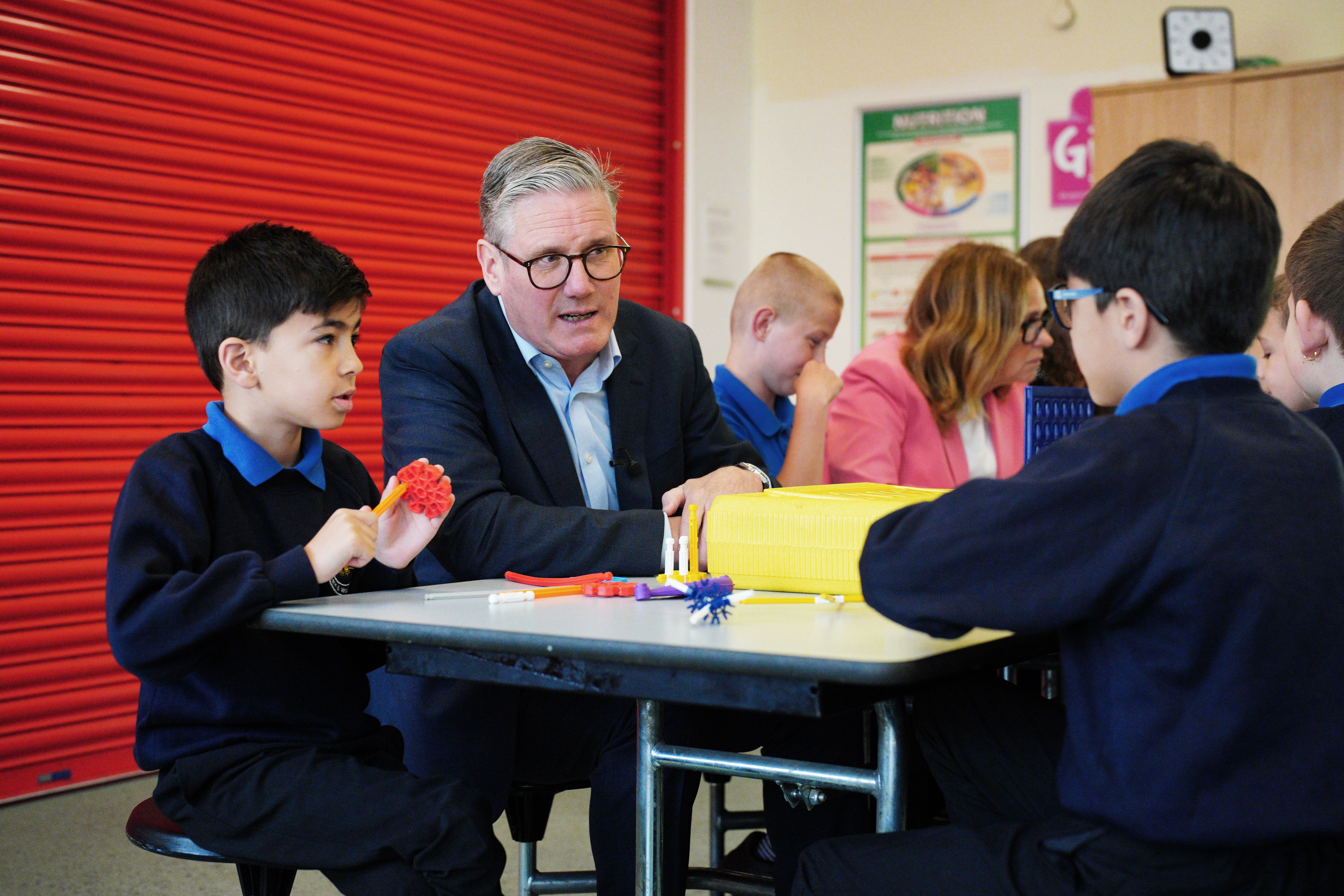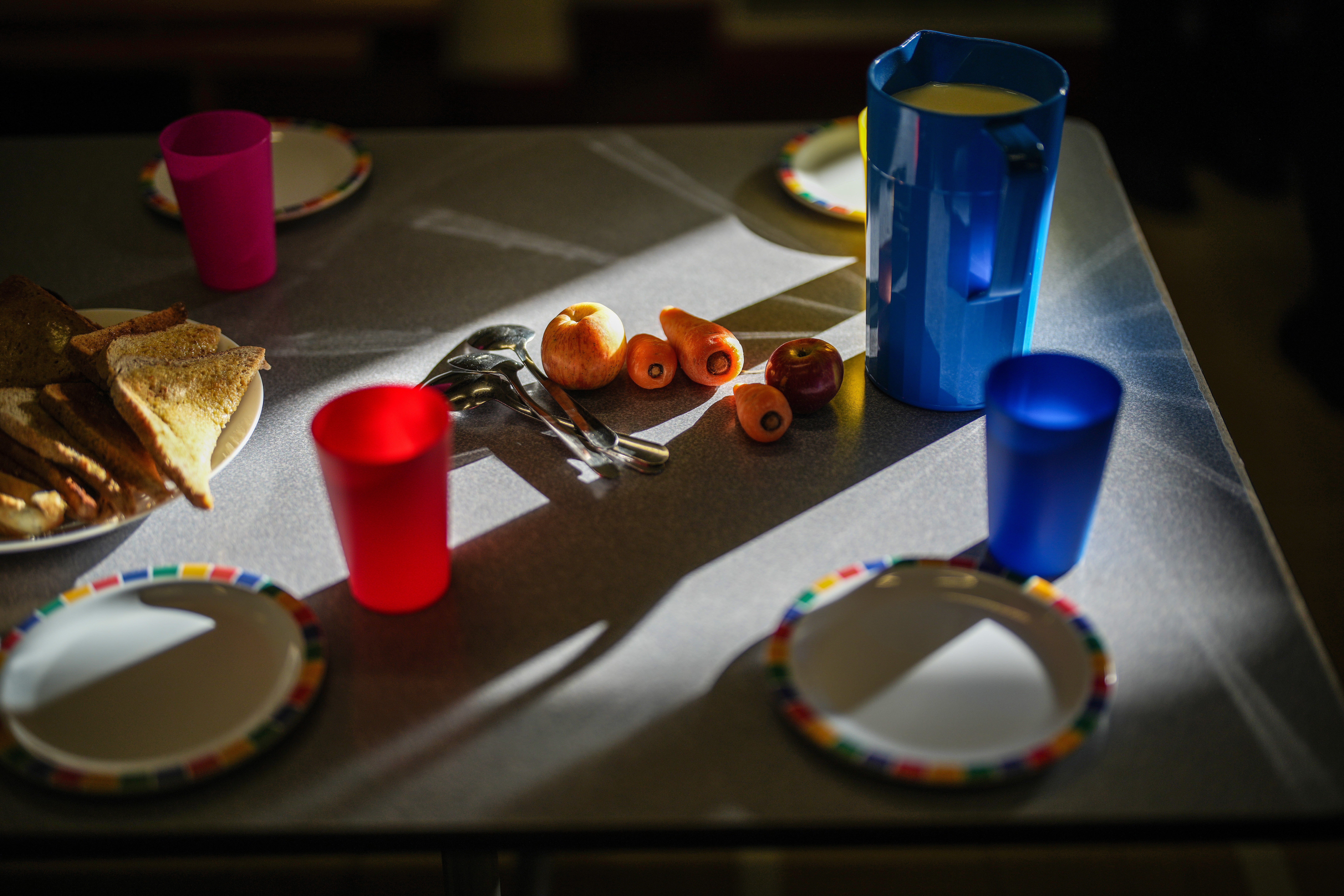ARTICLE AD BOX
The cost of sending a child to a state school in the UK has “significantly increased” since 2022, outstripping both inflation and earnings growth, a new report has found.
Research from the Child Poverty Action Group (CPAG) and the Centre for Research in Social Policy (CRSP) revealed that the minimum cost of sending a child to secondary school is now around £2,275 a year, and the cost for primary school exceeds £1,000 a year.
This represents a significant increase from 2022, when the annual cost for sending a child to secondary school was calculated to be around £1,755 and nearly £865 for a primary school child.
The report suggests several factors are contributing to the rising expenses, including the cost of food during the school day, an increased need for technology, and higher subject costs for secondary school pupils, on top of other costs like textbooks and stationery.
As parents pay hundreds of pounds more each year, the charity has called on the Government to use its forthcoming child poverty strategy to improve living standards for families.

Help with the cost of the school day – including an expansion of free school meals for children – would make a “huge difference to parents”, it added.
The findings are based on the Minimum Income Standard (MIS) research undertaken by Loughborough University’s CRSP, which set out what the public thinks is needed for a minimum socially acceptable living standard in the UK.
Researchers calculated what parents who took part in focus groups agreed was needed to meet children’s minimum educational needs.
Using wraparound childcare, learning a musical instrument or taking part in after-school clubs are not included in the calculation.
The 2024 costs represent a 16 per cent increase for parents of primary children and a 30 rise for families of secondary children compared to 2022, the report said.
The research found that the biggest increases relate to the cost of food for packed lunches and snacks for the school day, and the requirement for pupils to have access to digital devices for learning.
There has also been a marked increase in what secondary school pupils are required to have to take part in particular subjects – including supplying materials and equipment for design and technology subjects, it added.

Parents told researchers that high and rising costs can have a deep impact on a child’s experience of school.
A parent from England said her son does not always complete his homework and is “always getting detentions for missing equipment”.
Another parent from Wales said: “My children often feel that they are judged by others and feel left out as they can’t afford to take part in other activities and won’t ask for stationery items and often get behaviour points as they don’t have the equipment needed.”
Kate Anstey, head of education policy at CPAG, said: “Parents are struggling to cover household bills while also forking out for pencils and PE gear at school. And still their children get priced out of school activities.
“The government’s forthcoming child poverty strategy must improve living standards for families.
“Help with the cost of the school day – including an expansion of free school meals and cash support with uniform costs in England – would make a huge difference to parents and kids alike.
“And unless the strategy scraps the two-child limit, more and more children across the UK will see their potential – in and outside the school gates – stunted by poverty.”

Pepe Di’Iasio, general secretary of the Association of School and College Leaders (ASCL), said: “Schools are very mindful of the need to keep costs to parents as low as possible, and offer a range of support to students from disadvantaged families including subsidised trips and enrichment activities, providing items of uniform, and purchasing digital devices.
“At the same time, schools are operating under severe budgetary pressures and are also facing a raft of rising costs, which strictly limit the help they are able to provide.
“We agree that there needs to be an expansion of the free school meals scheme, with eligibility for all families in receipt of universal credit, and we must also see a higher rate of pupil premium funding for children in persistent poverty.
“We await the outcome of the Government’s child poverty taskforce which must contain tangible action to address the unacceptable rate of child poverty in the UK.”
Paul Whiteman, general secretary of school leaders’ union NAHT, said: “Rising costs in recent years have affected families significantly and we know that things like the cost of food and lunches have increased in recent years.
“This is why the Government’s child poverty strategy is such a vital piece of work and one we are committed to supporting.”
The Government’s child poverty taskforce is due to present a strategy in spring, although the End Child Poverty Coalition has said it believes the document may not come until June.
A Department for Education (DfE) spokesperson said: “No child should face barriers to their education because of their family’s finances, which is why we are taking decisive action through our Children’s Wellbeing and Schools Bill to put money back in parents’ pockets.
“We are capping the number of branded uniform items schools can require, so parents can get uniform for less and young people can focus on their learning – not on their clothes.
“As part of our plan for change we have also tripled investment in breakfast clubs to over £30 million, with delivery of free breakfast clubs beginning in 750 schools from the start of the summer term.”









 English (US) ·
English (US) ·